Giotto’s Crucifix in the Church of Santa Maria Novella is a tempera painting with gold and glass on a wood panel measuring 578 by 406 cm. Commissioned by Dominican friars, it was executed around 1290. The artwork differed markedly from the immobile spirituality of Byzantine painting and anticipated the stylistic refinement Giotto later achieved in his crucifixes. Giotto was not the first artist to distance himself from an immobile Christ, or the Byzantine Christus triumphans. Tuscan painters Giunta Pisano and Cimabue, while maintaining a kind of two-dimensional representation, had done as much before him, choosing a bent posture on the cross: this was the new iconographical model of the Christus patiens, the suffering Christ, which spread through central Italy beginning in the second half of the thirteenth century.
But Giotto went further, choosing to represent Christ’s human dimension through a new pictorial language that highlighted the figure’s sculptural qualities. Christ’s body surrenders to the force of gravity, falling downwards and abandoning the unnatural bent postures typical of crucifixes by Pisano and Cimabue. The figure acquired a third dimension, concreteness and volume. Christ’s lifeless hands were painted with great naturalness and a sense of depth. The feet, placed one on top of the other and fixed by a single nail, indicate a modern sense of perspective that was unknown to Cimabue, who in his 1270 cross painted the feet separated and attached with two nails. A jet of blood spurts abundantly from the wound in Christ’s chest, emphasizing the scene’s dramatic intensity. The Virgin and Saint John are portrayed at the far ends of the panel. Their diagonal gazes mirror the direction of Christ’s arms, contributing to the artwork’s compositional balance. Giotto painted several rocks as a clear hint to Mount Calvary on the trapezoidal base below, a reference that somehow transports the crucifix into a real landscape. In the late 1980s, the Crucifix of Santa Maria Novella underwent a restoration that wasn’t completed until 2001. The restoration revealed that the cross’s wooden support had been increased while Giotto was still at work: the artist had to adapt the table in order to give Christ’s body real human dimensions. Today, the Crucifix can be found in the Santa Maria Novella church in Florence.
But Giotto went further, choosing to represent Christ’s human dimension through a new pictorial language that highlighted the figure’s sculptural qualities. Christ’s body surrenders to the force of gravity, falling downwards and abandoning the unnatural bent postures typical of crucifixes by Pisano and Cimabue. The figure acquired a third dimension, concreteness and volume. Christ’s lifeless hands were painted with great naturalness and a sense of depth. The feet, placed one on top of the other and fixed by a single nail, indicate a modern sense of perspective that was unknown to Cimabue, who in his 1270 cross painted the feet separated and attached with two nails. A jet of blood spurts abundantly from the wound in Christ’s chest, emphasizing the scene’s dramatic intensity. The Virgin and Saint John are portrayed at the far ends of the panel. Their diagonal gazes mirror the direction of Christ’s arms, contributing to the artwork’s compositional balance. Giotto painted several rocks as a clear hint to Mount Calvary on the trapezoidal base below, a reference that somehow transports the crucifix into a real landscape. In the late 1980s, the Crucifix of Santa Maria Novella underwent a restoration that wasn’t completed until 2001. The restoration revealed that the cross’s wooden support had been increased while Giotto was still at work: the artist had to adapt the table in order to give Christ’s body real human dimensions. Today, the Crucifix can be found in the Santa Maria Novella church in Florence.
RELATED
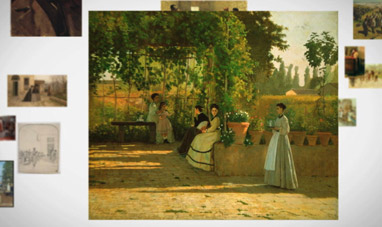

THE MACCHIAIOLI


ROMANTICISM


YOUNG BOY WITH A BASKET FRUIT


MADONNA OF THE GOLDFINCH
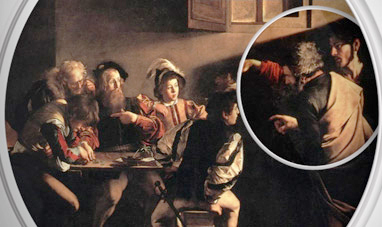

THE CALLING OF ST. MATTHEW
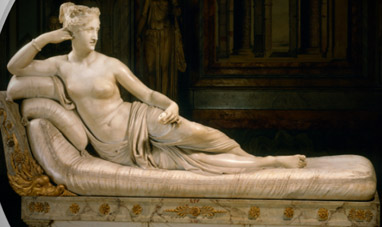

PAULINE BORGHESE
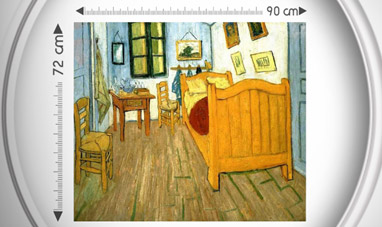

THE BEDROOM


GIOTTO-S-FRESCOES-IN-THE-ASSISI-CATHEDRAL
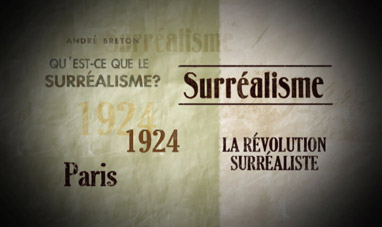

SURREALISM
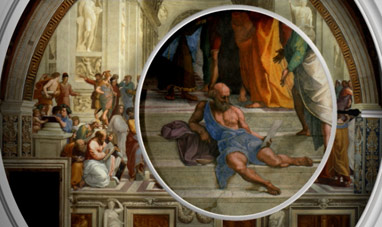

THE SCHOOL OF ATHENS
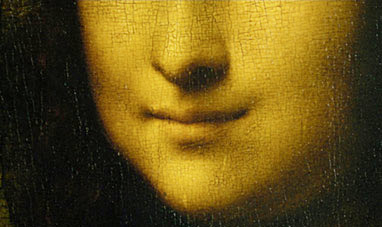

THE MONA LISA
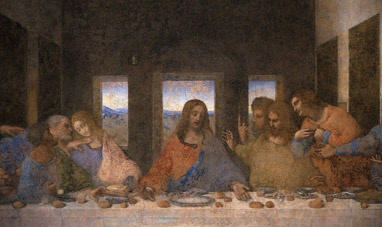

THE LAST SUPPER
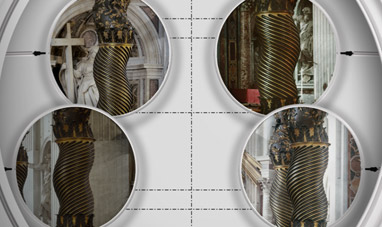

ST. PETER'S BALDACHIN
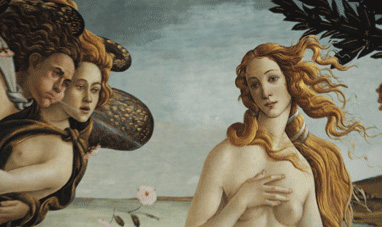

THE RENAISSANCE
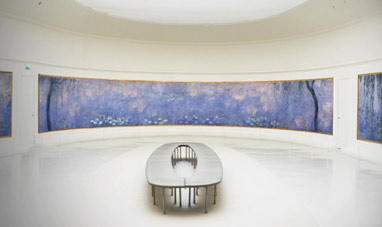

WATER LILIES (SERIES)
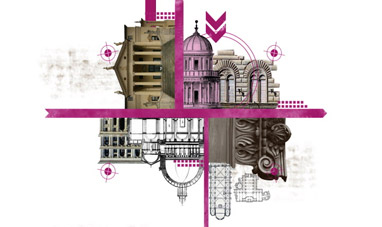

LEON BATTISTA ALBERTI
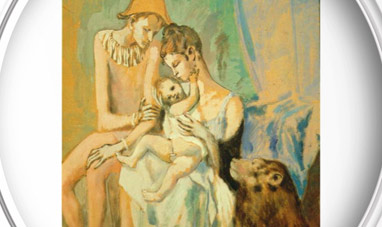

FAMILY OF ACROBATS, WITH MONKEY
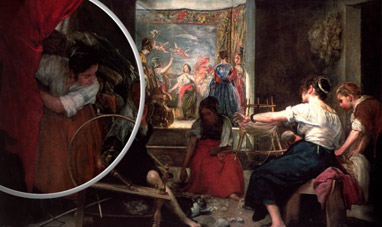

LAS HILANDERAS
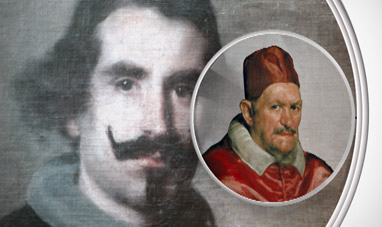

INNOCENT X
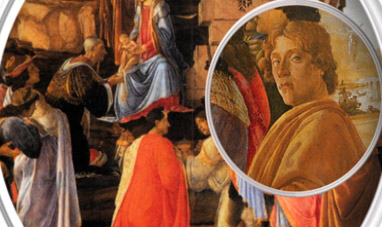

THE ADORATION OF THE MAGI
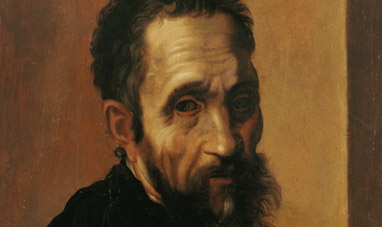

MICHELANGELO BUONARROTI
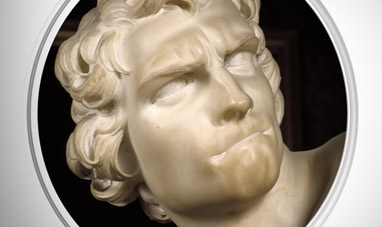

DAVID (BERNINI)
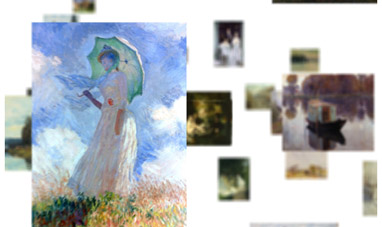

IMPRESSIONISM


DAVID (MICHELANGELO)
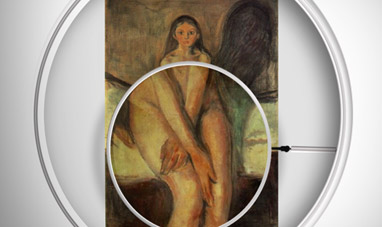

PUBERTY


THE THREE GRACES


THE SISTINE CHAPEL
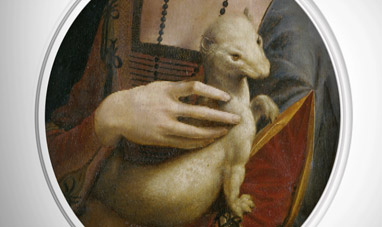

LADY WITH AN ERMINE


BAROQUE
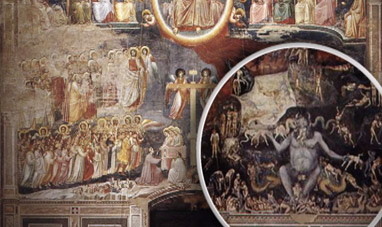

SCROVEGNI CHAPEL
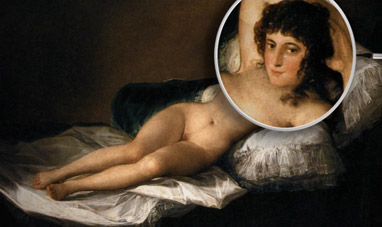

THE NUDE MAJA
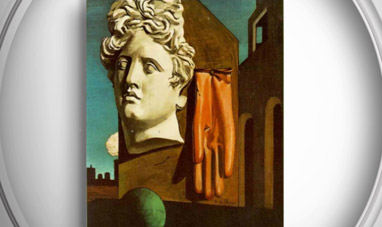

LOVE SONG
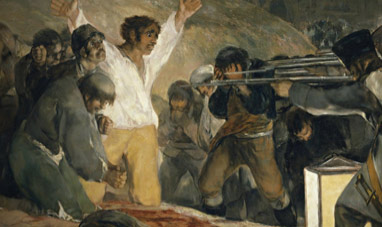

THE THIRD OF MAY 1808: THE EXECUTION OF THE DEFENDERS...
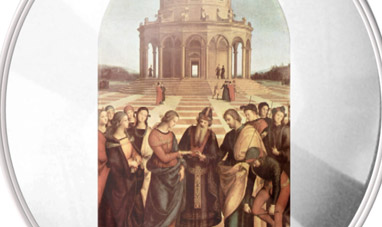

THE MARRIAGE OF THE VIRGIN
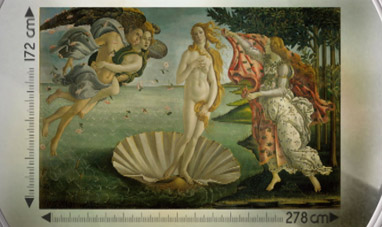

THE BIRTH OF VENUS
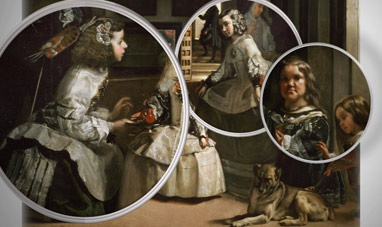

LAS MENINAS
